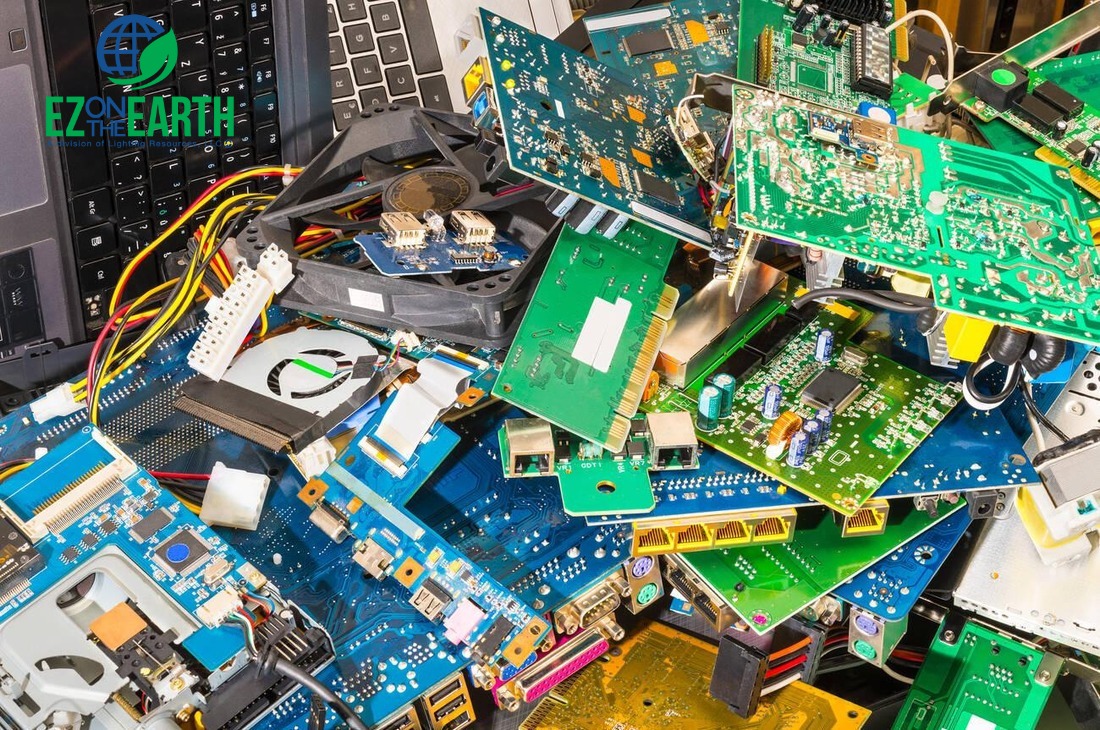The rapid advancement of technology has led to an increased demand for electronic devices, ranging from smartphones and laptops to household appliances and industrial equipment. While these innovations have enhanced our lives, they also contribute to a growing global issue: electronic waste, or e-waste. With millions of tons of e-waste generated annually, the need for effective electronic waste recycling has become more urgent than ever. This article delves into the significance of e-waste recycling, the challenges it faces, and the potential solutions that can pave the way for a more sustainable future.
What is E-Waste?
E-waste refers to discarded electrical or electronic devices. It includes items such as computers, televisions, mobile phones, printers, and kitchen appliances. These devices contain a variety of materials, including metals, plastics, and hazardous substances like lead, mercury, and cadmium, which can pose significant risks to human health and the environment if not properly disposed of.
The Importance of E-Waste Recycling
Proper e-waste recycling is crucial for several reasons:
- Environmental Protection: Many electronic devices contain harmful chemicals that can contaminate soil and water if improperly disposed of in landfills. Recycling ensures that these substances are handled safely, reducing environmental harm.
- Resource Recovery: Electronics are composed of valuable materials, including precious metals like gold, silver, and copper. Recycling allows for the recovery and reuse of these materials, reducing the need for mining and conserving natural resources.
- Reducing Landfill Waste: E-waste occupies significant space in landfills. Recycling helps reduce the burden on landfill sites, leading to better waste management and less environmental pollution.
- Energy Conservation: Manufacturing new electronic products from raw materials requires significant energy. Recycling electronic components reduces the energy required to produce new devices, contributing to lower carbon emissions.
Challenges in E-Waste Recycling
Despite the benefits, e-waste recycling faces several obstacles:
- Lack of Awareness: Many consumers are unaware of the environmental impact of e-waste or the recycling options available. This leads to improper disposal, with electronics often ending up in landfills.
- Complexity of Electronics: Modern electronic devices are composed of various materials, making them difficult to dismantle and recycle. The complexity of the recycling process often requires specialized equipment and expertise.
- Illegal Export: In many cases, e-waste is illegally exported to developing countries, where it is processed in unsafe and unregulated conditions. This leads to severe environmental degradation and health risks for local communities.
- Cost: Proper e-waste recycling can be expensive, and without financial incentives or regulations, many companies and consumers opt for cheaper disposal methods.
Potential Solutions and Innovations
Addressing the e-waste crisis requires a multifaceted approach:
- Extended Producer Responsibility (EPR): EPR programs place the responsibility for recycling on manufacturers, encouraging them to design products that are easier to recycle and to take back old devices for proper disposal.
- Consumer Education: Raising awareness about the importance of e-waste recycling and providing accessible recycling options can lead to better disposal practices among consumers.
- Government Regulation: Governments can implement stricter regulations on e-waste disposal, ensuring that electronics are recycled safely and that illegal exports are curbed.
- Technological Innovations: Advances in recycling technology can make the process more efficient. For example, new methods are being developed to more effectively recover valuable metals from electronic devices, reducing the cost and complexity of recycling.
- Sustainable Design: Encouraging manufacturers to adopt sustainable design practices, such as modular devices that can be easily repaired or upgraded, can reduce the volume of e-waste generated.
Conclusion
Electronic waste recycling is an essential component of a sustainable future. By addressing the challenges and adopting innovative solutions, we can mitigate the environmental and health risks posed by e-waste. Governments, manufacturers, and consumers all have a role to play in ensuring that our electronic devices are disposed of responsibly, reducing their impact on the planet and preserving valuable resources for future generations.
